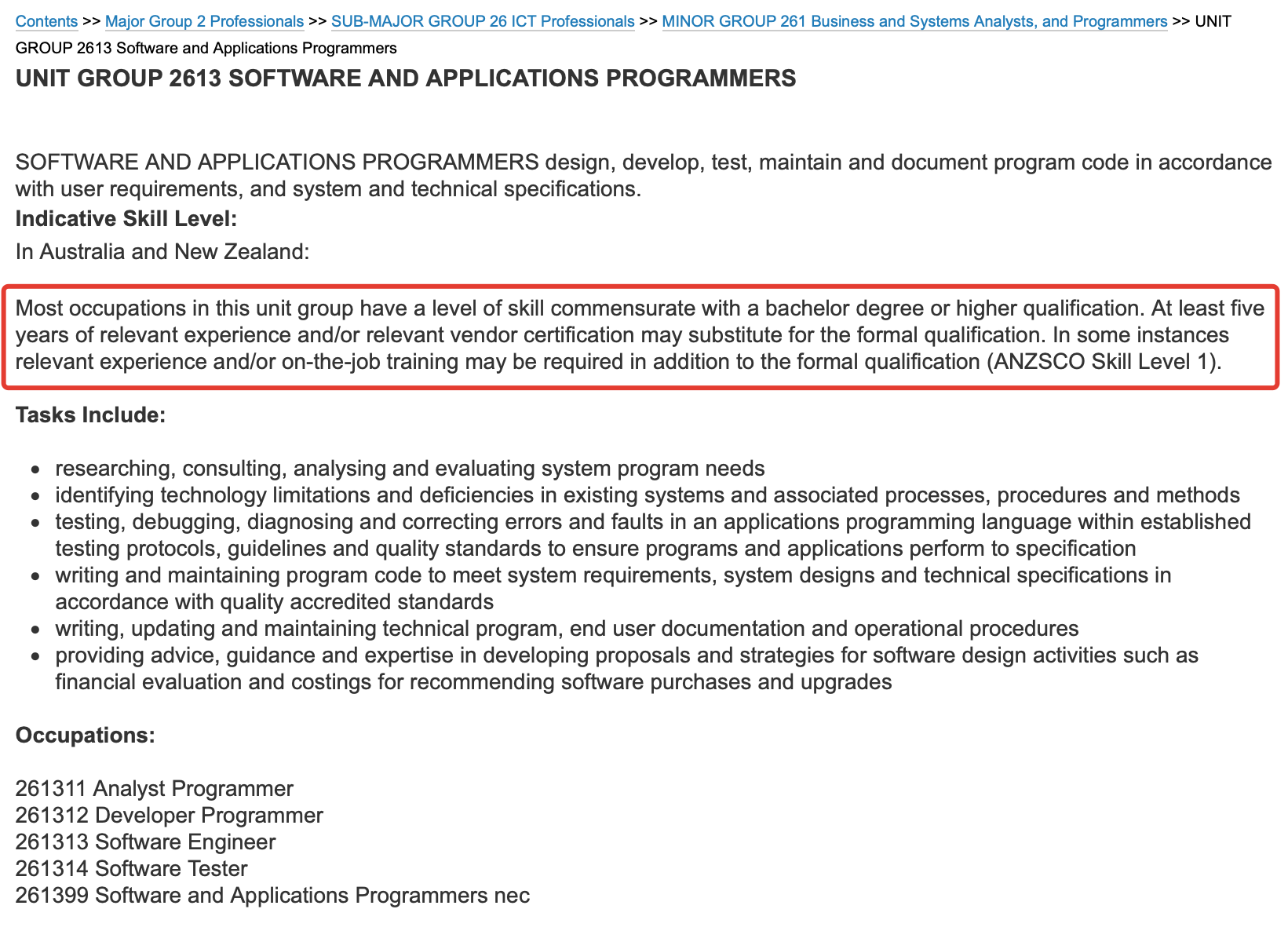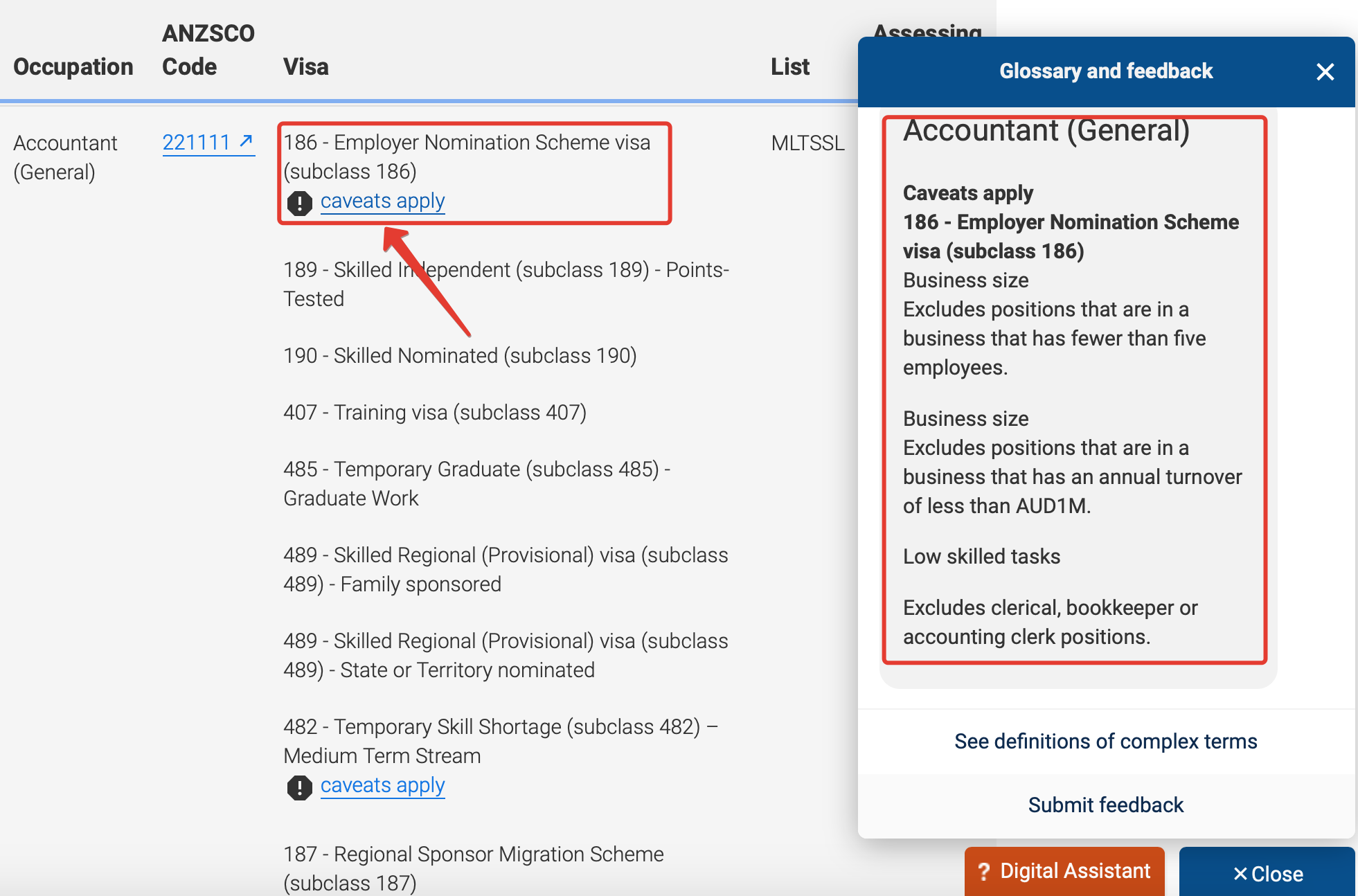Australia’s economy is growing rapidly. Industry, construction and international trade are flourishing, and the social sphere is developing. The country needs skilled personnel. Therefore, it welcomes the immigration of highly qualified specialists from around the world. The Skilled Occupation List (SOL) was created to inform people of the types of specialists Australia needs. If your speciality is on this list, you may have an opportunity for professional immigration to Australia. However, within the SOL, there are four narrower lists:
- Medium and Long-term Strategic Skills List (MLTSSL)
- Short-term Skilled Occupation List (STSOL)
- Regional Occupation List (ROL)
- Regional Sponsored Migration Scheme (RSMS) ROL List.
Each of these lists corresponds to its own types of visas and immigration conditions.
You can read more about visas to Australia in our articles:
Immigration to Australia for work
In this article, we will take a closer look at the lists to understand how to navigate through them.
Medium and Long-term Strategic Skills List
It is a list of the occupations that Australia needs in the long term. It contains accountants, engineers, IT specialists, occupations in arts and music, agriculture, science, medicine, sports and some trade qualifications such as plumbers or carpenters, etc. Those on this list have the widest range of options available to move to Australia:
- 186 – Employer Nomination Scheme visa (subclass 186)
- 189 – Skilled Independent (subclass 189) – Points-Tested
- 190 – Skilled Nominated (subclass 190)
- 407 – Training visa (subclass 407)
- 485 – Temporary Graduate (subclass 485) – Graduate Work
- 489 – Skilled Regional (Provisional) visa (subclass 489) – Family sponsored
- 489 – Skilled Regional (Provisional) visa (subclass 489) – State or Territory nominated
- 482 – Temporary Skill Shortage (subclass 482) – Medium Term Stream
If you plan to study a non-degree qualification in Australia (Certificates I – IV, Diploma, or Advanced Diploma) and want to get a Temporary Graduate Visa, make sure that you are going to study a qualification from the MLTSSL as it’s a prerequisite for obtaining this visa. Read more about Temporary Graduate Visa here.
Short-term Skilled Occupation List
This list is designed to fill a shortage of labour for a short period. Therefore, it is reviewed every six months. On the STSOL, there are occupations in finance, marketing and advertising, hospitality, arts and media, design, gardening and technicians in different fields. However, fewer visa options are available for workers from the STSOL. In most of them, an applicant should be nominated by an Australian state or territory or sponsored by the employer.
- 190 – Skilled Nominated (subclass 190)
- 407 – Training visa (subclass 407)
- 489 – Skilled Regional (Provisional) visa (subclass 489) – State or Territory nominated
- 482 – Temporary Skill Shortage visa (subclass 482) – Short Term Stream
- 187 – Regional Sponsored Migration Scheme (subclass 187)
- 494 – Skilled Employer Sponsored Regional (provisional) (subclass 494) – Employer sponsored stream
- 491 – Skilled Work Regional (provisional) visa (subclass 491) State or Territory nominated
Regional Occupation List
If a worker finds their occupation on the ROL, it means that they can immigrate to Australia under the regional program. The applicant should be sponsored by the employer, and the job must be in regional Australia (anywhere apart from Sydney, Melbourne and Brisbane). Visa options for workers on the ROL:
- 494 – Skilled Employer Sponsored Regional (provisional) (subclass 494) – Employer sponsored stream
- 187 – Regional Sponsored Migration Scheme (subclass 187)
It should be said that for some occupations, there can be a broader range of visas as one occupation can be on two or more lists.
Regional Sponsored Migration Scheme ROL List
As the name implies, this list is a sub-list of the previous one. It contains the specialities that fall under the Regional Sponsored Migration Scheme (subclass 187) only. There are just 23 occupations in the RSMS. Among them are police officer, firefighter and air traffic controller.
How To Read The Lists
The lists are quite easy to understand thanks to the convenient search on the Australian Government website.
Just fill in your speciality in the search, and see what list it is on and what types of visas you can apply for.
For example, let’s look at the occupation “Analyst Programmer”.

We see that the Analyst Programmer is in the Medium and Long-term Strategic Skills List. The visas available for them are in the centre column. But two other columns should not be ignored – ANZSCO Code and Assessing Authority. What are they?
ANZSCO Code. ANZSCO stands for Australian and New Zealand Standard Classification of Occupations. It lists absolutely every occupation that can be found in Australia. Each of them has its own unique code and specific criteria for the level of education and work experience as well as a brief description of the tasks. Therefore, when you find your occupation on the SOL, it is necessary to check if your education level and work experience meet the ANZSCO requirements. If we click on the Analyst Programmer code, we will see that this occupation requires at least a bachelor’s degree or five years of relevant work experience.

If you are not sure that your overseas qualification and work experience meet the ANZSCO requirements, it is better to contact a registered migration agent. They can assess your chances for immigration more precisely.
Assessing Authority. Before applying for most of the work and residence visas to Australia, it is necessary to obtain a skills assessment from relevant authorities. They check if the applicant’s skills meet the standards required to work in a particular occupation. As a rule, every sphere has an assessing authority. For example, we see that an Analyst Programmer should assess their qualification at ACS – Australian Computer Society. This authority is responsible for IT qualifications. For most engineers, it’s Engineers Australia, for trade qualifications, it’s Trades Recognition Australia, etc. You will find the relevant assessing authority in the last column.
Caveats. There can be caveats that must be taken into account for some qualifications when applying for some types of visas. For example, accountants are also on the MLTSSL. However, if an accountant decides to apply for the Employer Nomination Scheme visa (subclass 186), their employer must meet the requirements for the business size and tasks of the offered job.

If Your Speciality is not on the List
If you couldn’t find your speciality on any of the four lists, you have two options:
- Try to find an employer who will sponsor your visa application and prove that they didn’t find any local for this position. You can do it online outside Australia, but in most cases, it is easier to do from within the country, when coming for an English language course.
- Get a new qualification from the MLTSSL. It is the most reliable option because you will have an Australian-recognised in-demand qualification and an open work visa for 18 months after two years of study. These conditions will make it much easier to find a job and stay in the country.
Read more about immigration to Australia through education
It is vital to remember that the Skilled Occupation List is reviewed regularly. The Australian government can remove occupations from the lists and add new ones according to the current situation in the labour market. Therefore, there is no guarantee that the qualification you have chosen will still be on the list by the time you complete your study or apply for your Expression of Interest for residency.



